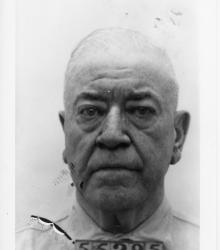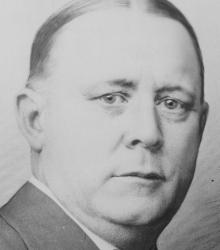When it comes to assessing the trajectory of a political machine such as the one cobbled together over time by first Jim Pendergast, and then by his younger brother “Boss” Tom Pendergast, it is always best to follow the advice of the later Watergate journalists – that is, to “follow the money.” Under Jim, the Pendergast machine seems to have dealt more in dispensing jobs and small favors, with Jim taking a rather small cut of the proceeds. Jim, however, could meet his relatively small personal needs, which included taking care of his bride Mary Doerr (married in 1886) and her young son by a previous marriage. He chose never to live “high on the hog.” Tom, on the other hand, always seemed to need more money, especially after his own marriage to Carolyn Elizabeth Dunn in 1910.
Pendergast, Thomas J.
One of the defining aspects of “Boss” Thomas J. Pendergast’s “machine” politics was its approach to African American voters. During the early 20th century, at a time when black people were routinely excluded from the vote by Democratic regimes in most of the former slave South, Pendergast’s Democratic organization in Kansas City succeeded in part by attracting considerable black support. While such support was not unique to Kansas City—black Missourians never lost the vote in the same way or degree as their counterparts farther South—historians often point to the city as an example of early black political realignment toward a Northern Democratic Party based in urban, industrial centers and at increasing odds with its Southern wing over the issue of civil rights.

